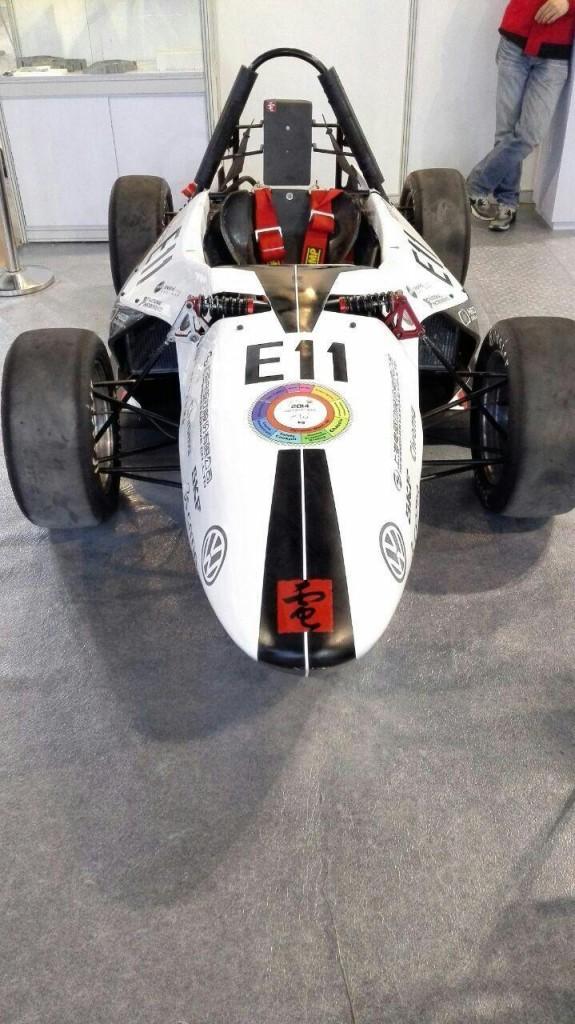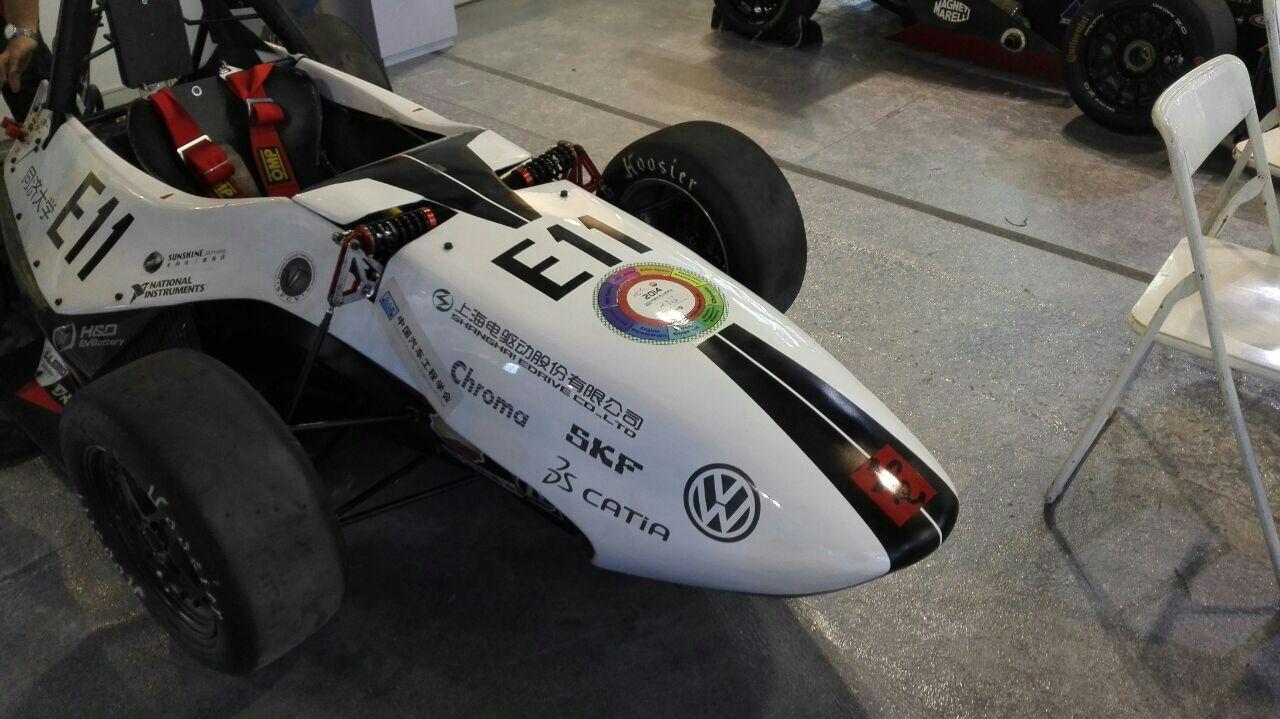 There are so many benefits to 3D printing within the manufacturing space. It all just depends what you are using the technology for. Within the aerospace industry we repeatedly hear about how 3D printing metal components can cut a tremendous amount of weight, an incredibly important variable within the construction of anything that’s taking flight. Whether it’s NASA, Boeing, Airbus, or the numerous other companies adopting 3D printing for this reason, one thing is clear: lots of money is being saved.
There are so many benefits to 3D printing within the manufacturing space. It all just depends what you are using the technology for. Within the aerospace industry we repeatedly hear about how 3D printing metal components can cut a tremendous amount of weight, an incredibly important variable within the construction of anything that’s taking flight. Whether it’s NASA, Boeing, Airbus, or the numerous other companies adopting 3D printing for this reason, one thing is clear: lots of money is being saved.
The aerospace industry is not the only area in which weight reduction will lead to cost savings. Take for instance automobiles. The lighter a vehicle is, the less resistance it encounters, meaning it  can move faster and use less fuel. 3D printing certainly isn’t foreign to the auto industry. In fact Ford, Fiat Chrysler, Bentley, Rolls Royce, and just about every other auto manufacturer is using the technology in one form or another. There’s even a company called Local Motors that is using it to pretty much print entire vehicles.
can move faster and use less fuel. 3D printing certainly isn’t foreign to the auto industry. In fact Ford, Fiat Chrysler, Bentley, Rolls Royce, and just about every other auto manufacturer is using the technology in one form or another. There’s even a company called Local Motors that is using it to pretty much print entire vehicles.
3D printing is clearly the future of automotive manufacturing, and Tongji University in Shanghai, China realizes this. This week at the International Technology Import and Export Fair being held at the Shanghai World Expo Exhibition, an incredible vehicle was on display. With over 1,000 companies and universities on hand displaying a variety of innovative technologies, and 30,000 attendees expected, students from Tongji University unveiled a one-seated electric race car which utilized 3D printing almost to an extreme.
The vehicle, which featured over 362 different 3D printed parts, is incredibly light, weighing only about 30% of what a typical race car of this size would weigh. The weight reduction helps to increase speed and acceleration, enables a longer range before the batteries are drained, and has also proved that 3D printing can accomplished the same traditional manufacturing goals, only better. Looking at the vehicle it’s hard to tell that a significant portion of it is printed out. That’s because the majority of the 3D printed components are within its internal structure. In fact even components within the engine are printed from aluminum.
Although currently many auto manufacturers are only using 3D printing for prototyping, a time is coming, soon enough, when the cars we drive will be lighter and more fuel efficient, and feature end-use components like this vehicle coming out of Tongji University in Shanghai. It’s awesome to see young people around the world pushing this technology forward in a way which certainly has us all excited to see what the future may have in store.
Is this the future of racing and automobile manufacturing? Let’s hear your thoughts in the 3D Printed Race Car forum thread on 3DPB.com.
Subscribe to Our Email Newsletter
Stay up-to-date on all the latest news from the 3D printing industry and receive information and offers from third party vendors.
You May Also Like
3D Printing Unpeeled: Orbex Investment, IndoMIM and HP, Ultrasonic Waves
INDO-MIM has bought three HP Metal Jet S100 printers, operating two in India and one in Texas. This is a win for HP because the company has deep experience in...
3D Printing News Briefs, April 3, 2024: Kickstarter FDM 3D Printer, Artificial Eyes, & More
In 3D Printing News Briefs today, we’re talking about an FDM 3D printer on Kickstarter, advancements in artificial eye creation, and 3D printed solenoids for electromagnets. Then we’ll move on...
Firestorm Gets $12.5M from Lockheed and Others to Automate Drone Production with 3D Printing
Firestorm Labs is advancing an initiative that has been a topic of discussion on our site for a while: automating drone swarm production. Drones are increasingly altering the landscape of...
3D Printing Leaders Team with Rivelin for Robotic Metals Post-processing
UK-based Rivelin Robotics is working on creating a manufacturing cell to automate the post-processing of metal 3D printed parts. If successful, this approach could reduce the costs of metal 3D...



































